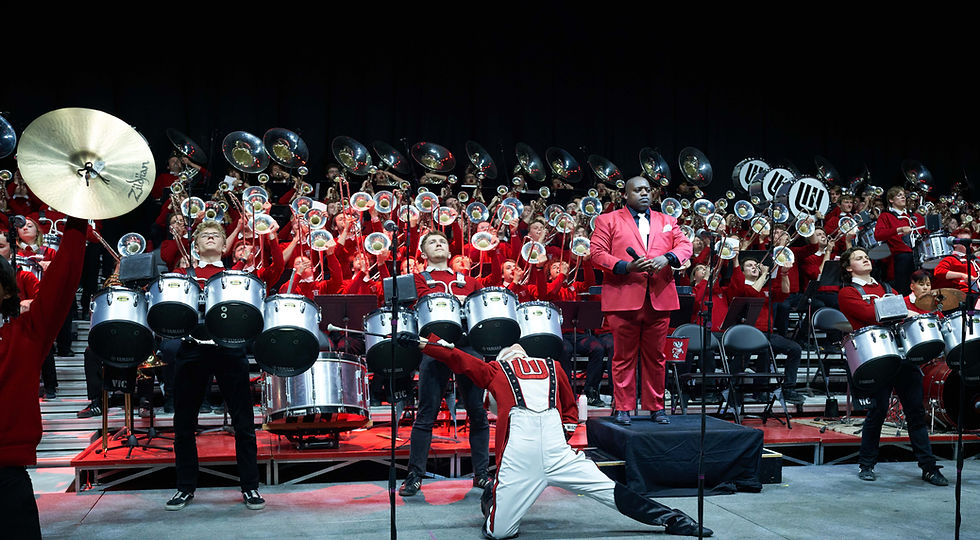HAMILTON ON FILM: REPRESENTATION MATTERS
- Sarah Marty

- Jul 1, 2020
- 3 min read
Updated: Feb 1, 2022
Hamilton debuts on Disney+ on July 3. After years of teaching classes, saving up to see performances in multiple cities, and talking incessantly about the creative team and genius behind the show, I can’t wait until everyone can see the ORIGINAL BROADWAY CAST in the filmed version of stage production.
Right now I’m teaching a class with 75 students (credit students, middle schoolers, high schoolers, and lifelong learners) who are studying HAMILTON together for 8 weeks. Some have seen the show in person. Many have not seen the stage show and just know the cast recording. Some had never heard the show but wanted to find out what the big deal was.
I’m usually not a big fan of filmed stage productions as orgs tend to hire TV and movie directors who don’t necessarily understand musicals and plays. In this case, the creative team behind the stage production is also the creative team behind the film. The movie has footage from two live performances filmed in June 2016, along with 3 stage shoots without an audience. Also, the original Broadway cast was such an integral part of workshops and the Off Broadway production at the Public Theater – they both lived in and inspired these characters in workshops, Off Broadway at the Public, and in the rehearsals/reworks leading up to the Broadway opening.
Beyond all that, the social and cultural impact of HAMILTON is summed up in this quote from Lin-Manuel Miranda: “HAMILTON is a story about American then, told by America now.” Sure, HAMILTON tells the story of Alexander Hamilton and the founding of the country but it also is social commentary on American now. Who is “in the room where it happened” when the country was founded and who is in the room now? How did the fact that those making the decision were mostly land-owning white men affect the way the Constitution and the laws of the land were written and how does the fact most judges and legislators today are white men still affect politics and power.
From Pew Research Center on the 116th Congress:
22% of the 116th Congress are People of Color and nearly 25% of the members are women. Both are the highest metrics for both measures but still leave a lot to be desired.
Non-Hispanic whites make up 78% of voting members in the new Congress, considerably larger than their 61% share of the U.S a population overall. And despite the growing racial and ethnic diversity of Congress, this gap has widened over time: In 1981, 94% of Congress was white, compared with 80% of the U.S. population.
And, well, 50% of the population is female.
Presidents who are People of Color: 1 of 45 Presidents who are women: 0 of 45
What can you do to help move the needle? Go to When We All Vote and register to vote/make sure your are still registered and haven’t been bumped off the voter rolls. Consider supporting free and fair elections by donating to Fair Fight, watch a talk by Stacey Abrams and read her book, volunteer to help GOTV (Get Out The Vote). Support the USPS – an uncompromised US Postal Service is necessary to support absentee voting and census efforts. Donate to and support the ACLU. Even during COVID-19, you can make a difference.
Just can’t wait. #hamilfan #hamilfilm


Comments